Why Do Scientists Use Half-life to Describe Radioactive Decay
Half-life is the length of time it takes for half of the radioactive atoms of a specific radionuclide to decay. It is important to realise.
How Would You Measure The Half Life Of A Radioactive Isotope Assuming The Half Life Can Be Measured In Minutes Quora
Radioactivity cannot be tamed.
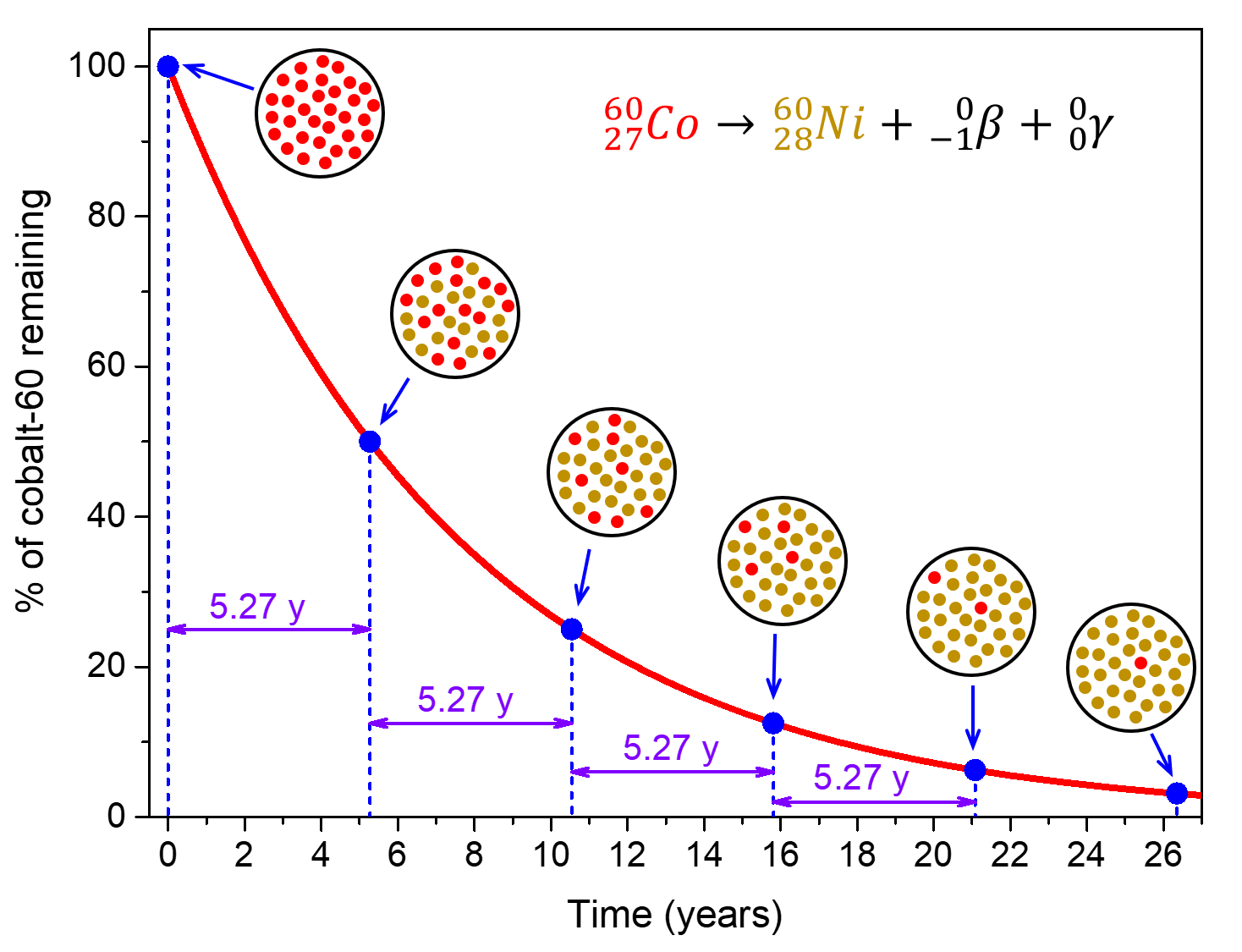
. The measurement is useful in radiometric dating says Dee because exponential decay means it doesnt matter how much radioactive material you have the time taken until half of it is gone the. Ra Rn He. Every 5730 years the radioactivity of carbon-14 decays by half.
Oxygen-15 or 15O is an isotope of oxygen having half-life of approximately 2 min by the emission of positrons. Since carbon-12 doesnt decay its a good benchmark against which to measure. Up to 24 cash back formation is called radioactive decayBecause radioactive decay happens very steadily scientists can use radioactive elements like clocks to measure the passage of time.
The dice assumption may have come about before science tools were very accurate. The radioactive decay process for each radioisotope is unique and is measured with a time period called a half-life. It is not based on a human convention where all sides are assumed to be equally likely since each appears as a line on a graph.
Radioactive decay is subject to statistical and probabilistic operations and predictions depend on large populations of nuclei. Count-rate is the number of decays. Half-life is the time it takes for half of the unstable nuclei in a sample to decay or for the activity of the sample to halve or for the count rate to halve.
The researchers found the decay of radioactive isotopes uranium-238 and thorium-232 together contributed 20 trillion watts to the amount of heat Earth radiates into space about six. This is called radioactive decay. Radioactive decay accounts for half of Earths heat.
Half-lives are characteristic properties of the various unstable atomic nuclei and the particular way in which they decay. So we can actually write down a chemical reaction equation for alpha decay. Half-life is the time required for a quantity to reduce to half of its initial value.
Radioactive atoms are inherently unstable. In a drawer which was having photographic plates a small. The term is also used more generally to characterize any type of exponential or non-exponential decay.
All we can do is bundle the waste somewhere safe and wait for it to decay away. For example the medical sciences refer to the. Nitrogen-13 or 13N is a isotope of nitrogen having a half life of approximately ten minutes which is tags ammonia.
Two decay chains are shown below. Therapeutic applications of radioisotopes typically are intended to destroy the targeted cells. How are radioisotopes used.
One half-life is the time it takes for half of the unstable atoms to undergo radioactive decay. If a scientist collects 20 kg of a radioactive isotope with a half-life of 30 min and she leaves her lab to meet with a grad student for 30 minutes when she comes back she will have 10 kg of the isotope. So it takes some nerve to say otherwise and suggest that there are after all ways.
Alpha and beta decay are generally slower processes than gamma decay. That means that if you have two atoms of 238 U each of them has a 50 chance of decaying in the next 45 billion years. The universe is full of naturally occurring radioactive elements.
The term is commonly used in nuclear physics to describe how quickly unstable atoms undergo radioactive decay or how long stable atoms survive. Click here for a closer look at half life. That half-life is critical to radiocarbon dating.
A useful way of telling geologic time. The unit that we use to measure time is called half-life and it has to do with the time it takes for half of the radioactive isotopes to decay see below. If one decayed today maybe you should buy a lottery ticket.
A good rule of thumb is that after seven half-lives you will have less than one percent of the original amount of radiation. Geologists use radiometric dating to estimate how long ago rocks formed and to infer the ages of fossils contained within those rocks. Those that decay are called radioactive or parent isotopes.
Radioisotopes typically have short half-lives and typically decay before their emitted radioactivity can cause damage to the patients body. The primary reason that scientists use half-lives instead of decay constants is because half-lives have a more intuitive immediate meaning. In the year 1896 Henry Becquerel discovered this phenomenon.
Half-lives for beta decay range upward from one-hundredth of a second and for alpha decay upward from about one one-millionth of a second. Its half-life or the time it takes half of the Carbon-11 to decay into Boron-11 is approximately 20 min. Nuclei with too many or too few neutrons do exist naturally but are unstable and will disintegrate or decay by emitting radiation.
About 50 of the heat given off by the Earth is generated by the radioactive decay of elements such as uranium and thorium and their decay products. That is the conclusion of an international team of physicists that has used the KamLAND detector in Japan to measure the flux of. If you have lots of atoms of 238 U.
Those that are generated by decay are called radiogenic or daughter isotopes. Every radionuclide has a specific decay rate which is measured in terms of half-life Radioactive half-life is the time required for half of the radioactive atoms present to decay. Radioactivity is a process by which the nucleus of an unstable atom loses energy by emitting radiation.
Radioactivity is the phenomenon exhibited by the nuclei of an atom as a result of nuclear instability. The process of shedding the radiation is called radioactive decay. Some radionuclides have half-lives of mere seconds but others have half-lives of hundreds or millions or billions of years.
The radium nucleus Ra atomic number 88 breaks up into the helium nucleus He the little chunk and a daughter nucleus that corresponds to the element radon Rn atomic number 86. Over time radioactive parent atoms decay into stable daughter atoms. Dice have been dated back to about 6000BC so the lack of accurate tool assumption is very reasonable.
The medical risks associated with radiation usually involve the fast. By looking at how much of a certain element remains in an object and how much of it has decayed scientists can determine an approximate age for the object.
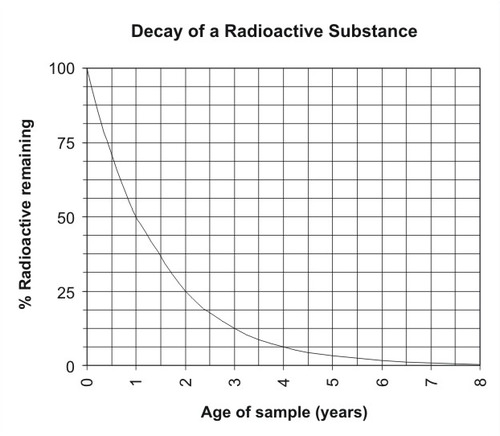
Radioactive Decay As A Measure Of Age Read Earth Science Ck 12 Foundation
Since No One Has Been Around And Taking Measurements For 5730 Years To Verify C14 Half Life How Do We Know How Fast Any Element Decays Over More Than A 100 Year Time Period It
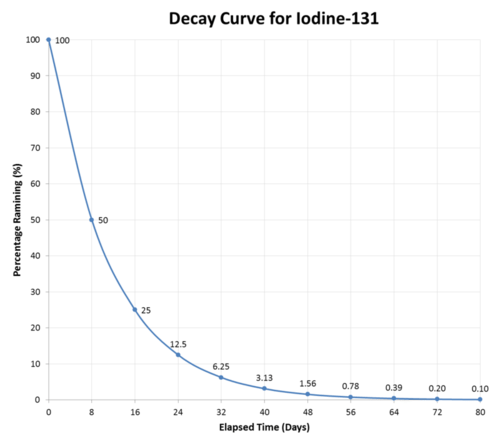
10 3 Half Life Chemistry Libretexts
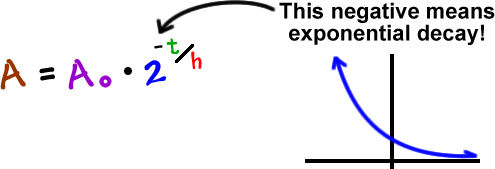
Exponentials Logarithms Cool Math Algebra Help Lessons Radioactive Decay And Decibel Levels
Group Activity Half Lives The Basics
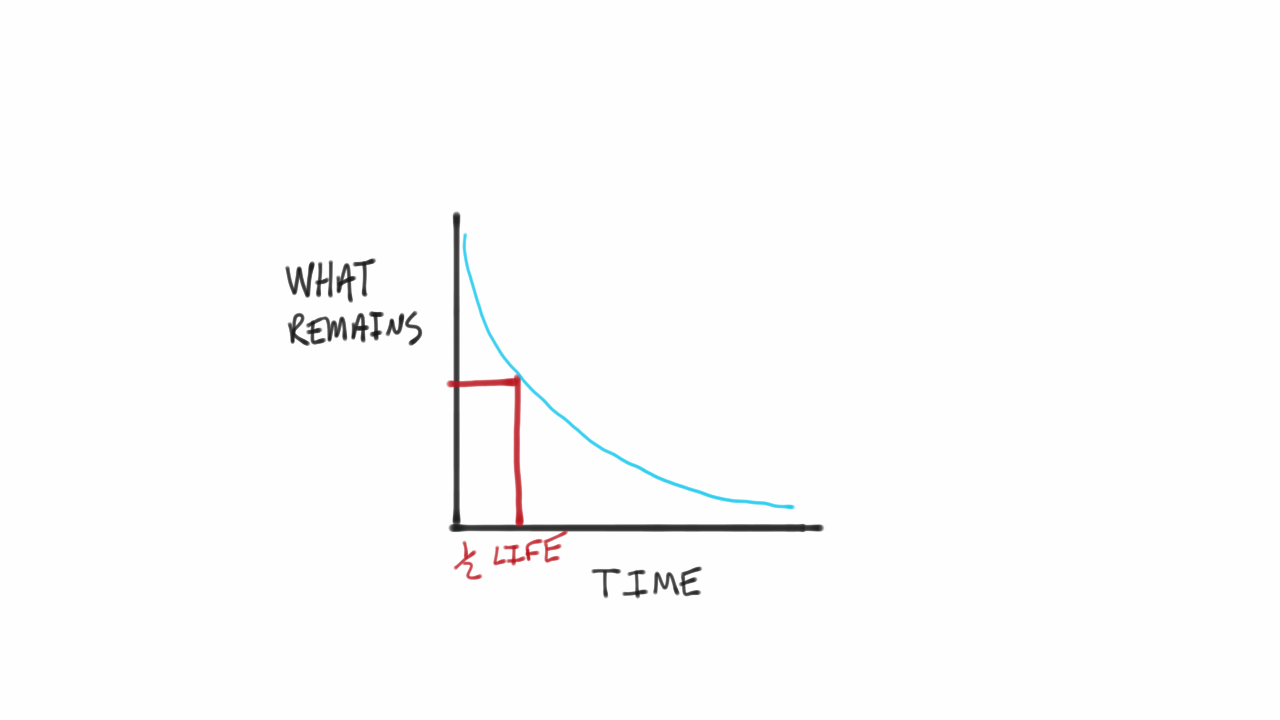
Half Life The Decay Of Knowledge And What To Do About It Farnam Street
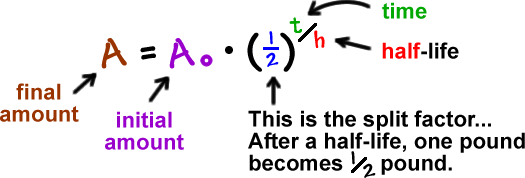
Exponentials Logarithms Cool Math Algebra Help Lessons Radioactive Decay And Decibel Levels
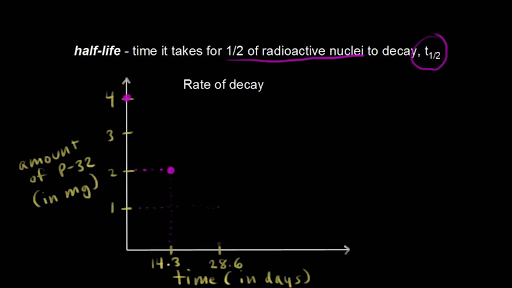
Half Life Plot Video Nuclei Khan Academy
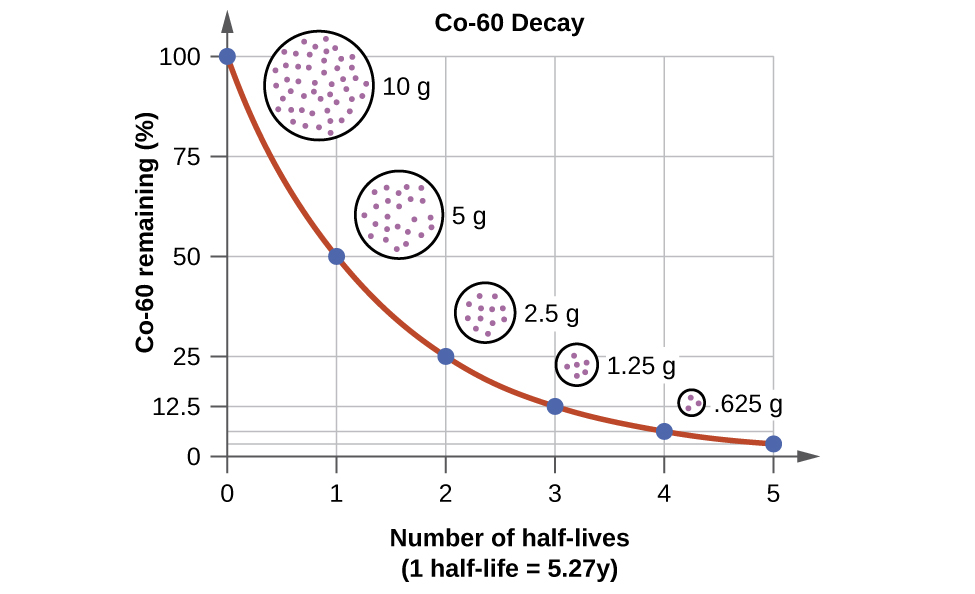
5 7 Calculating Half Life Chemistry Libretexts

Radioactive Dating Ck 12 Foundation

D35 1 Radioactive Half Lives Chemistry 109 Fall 2021
What Determines The Half Life Period Of A Radioactive Element Quora

17 6 Radiocarbon Dating Using Radioactivity To Measure The Age Of Fossils And Other Artifacts Chemistry Libretexts

Half Life And Activity Physics
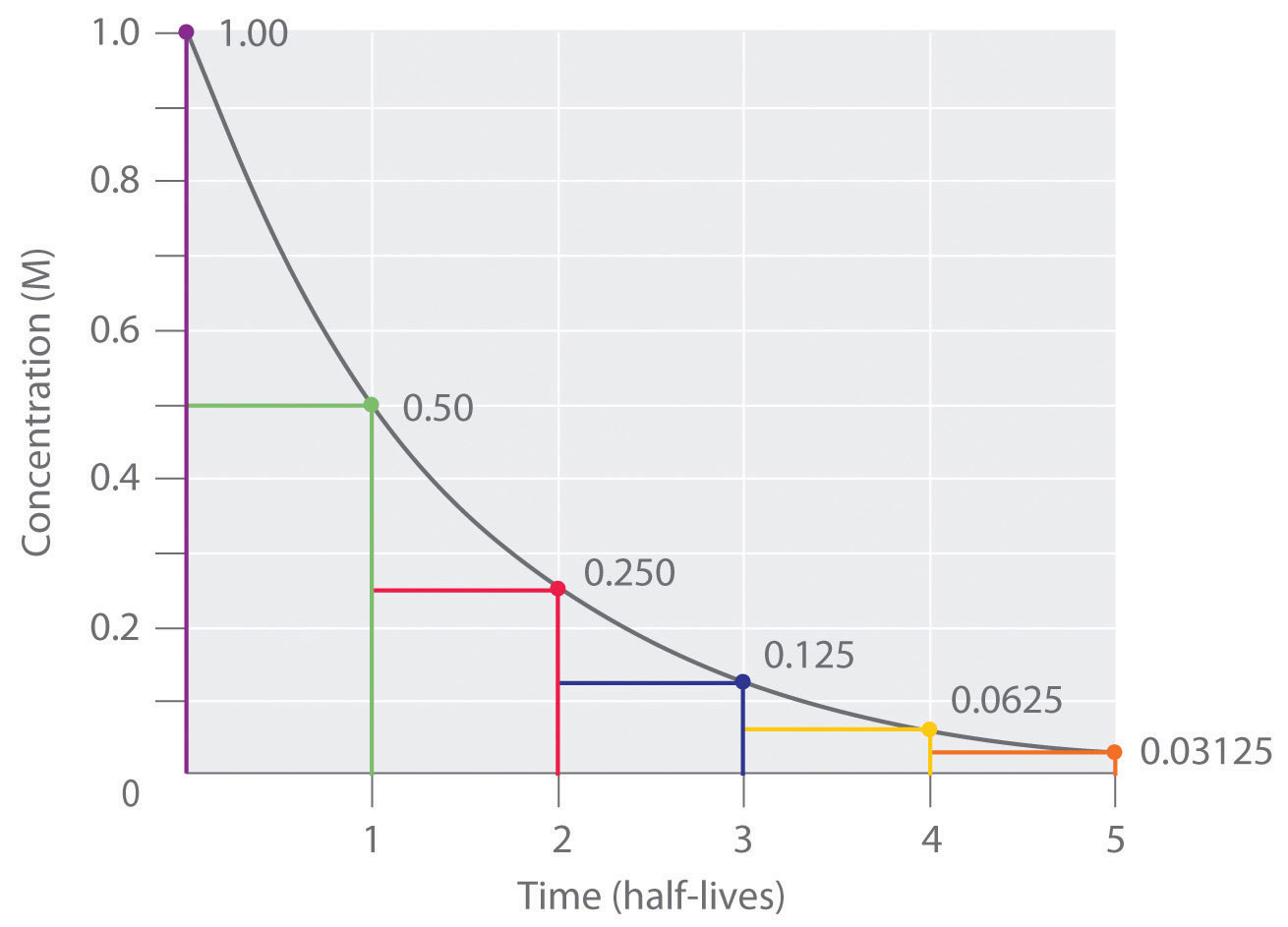
Chapter 14 5 Half Lives And Radioactive Decay Kinetics Chemistry Libretexts
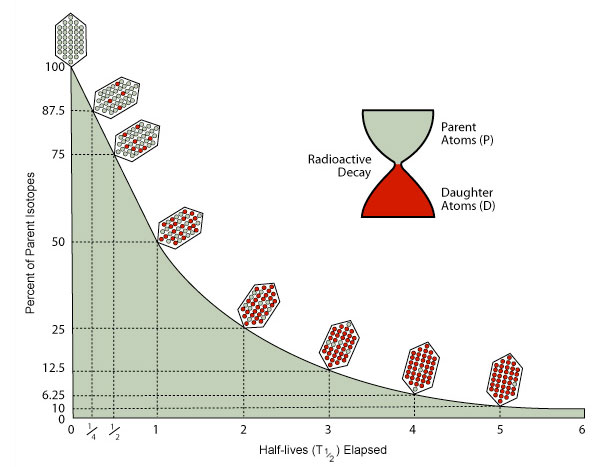
Noaa Ocean Explorer Education Multimedia Discovery Missions Lesson 15 Seamounts Activities Coral Age Dating

Comments
Post a Comment